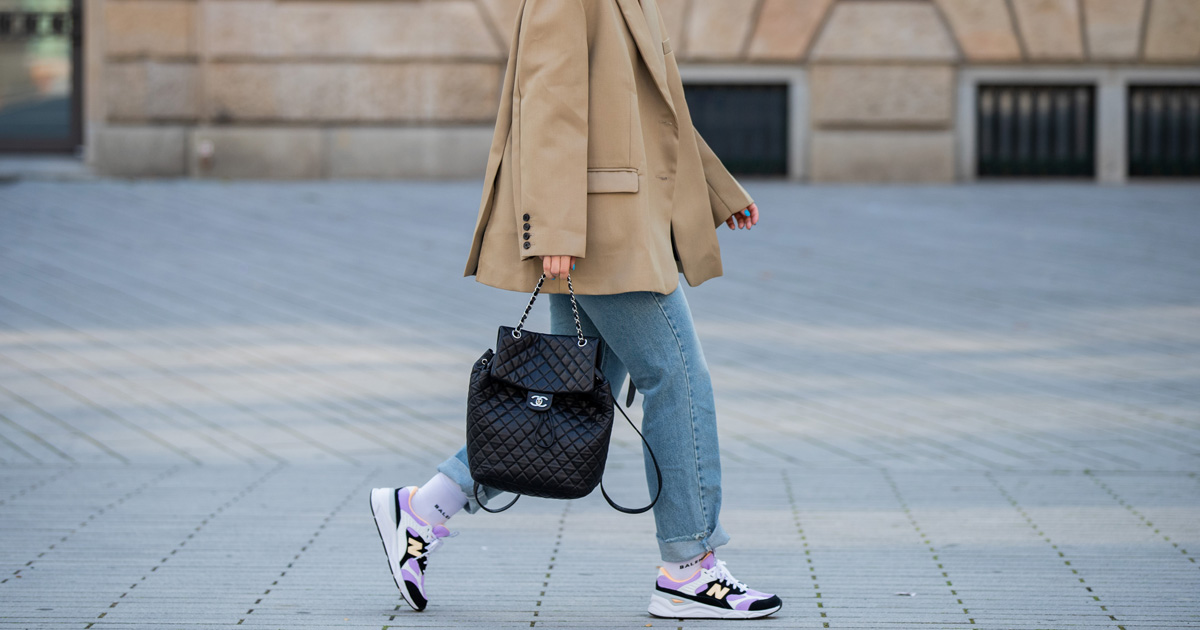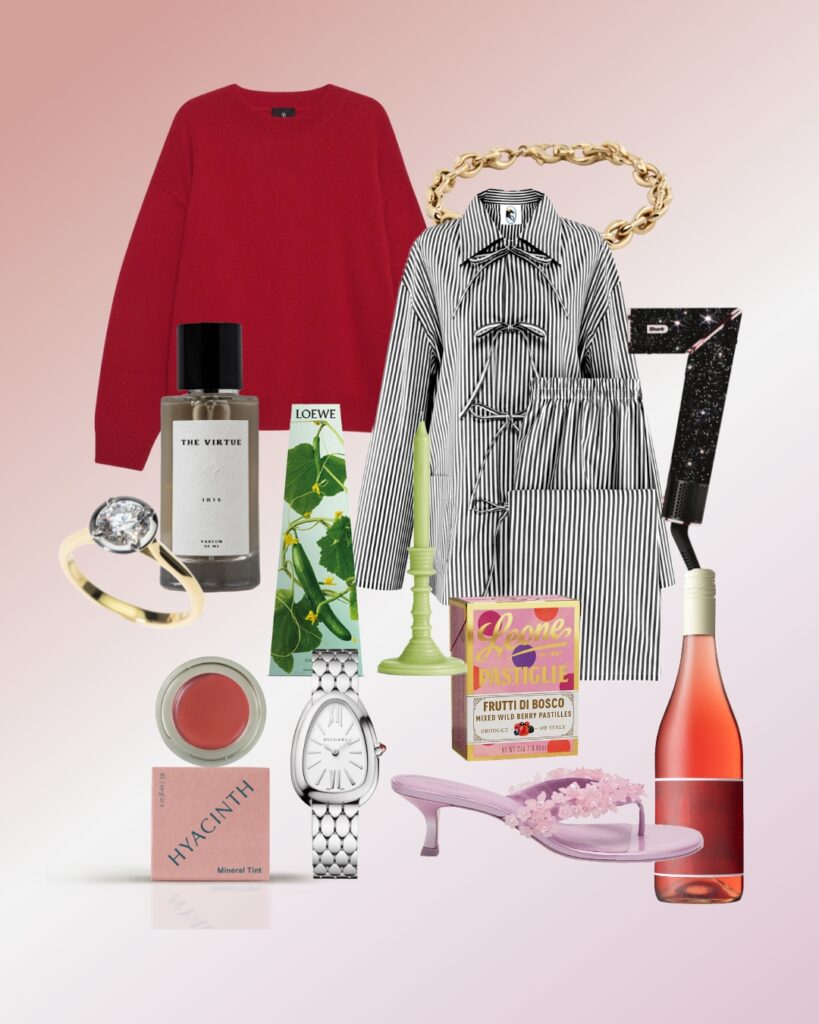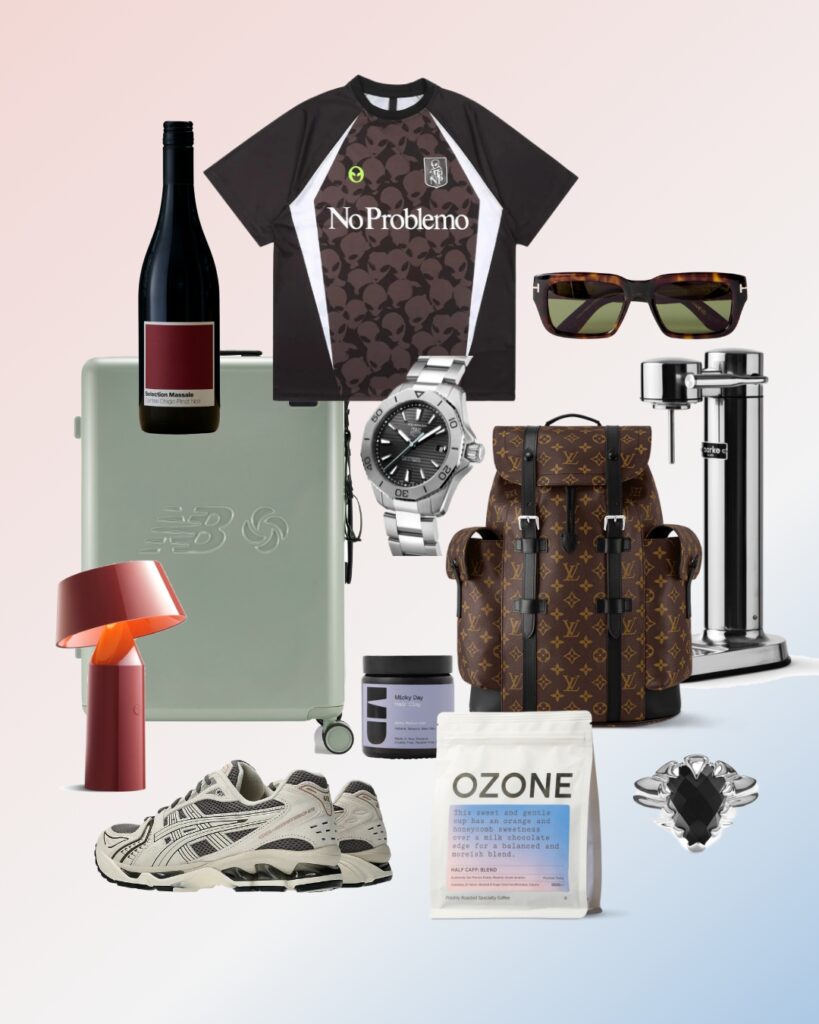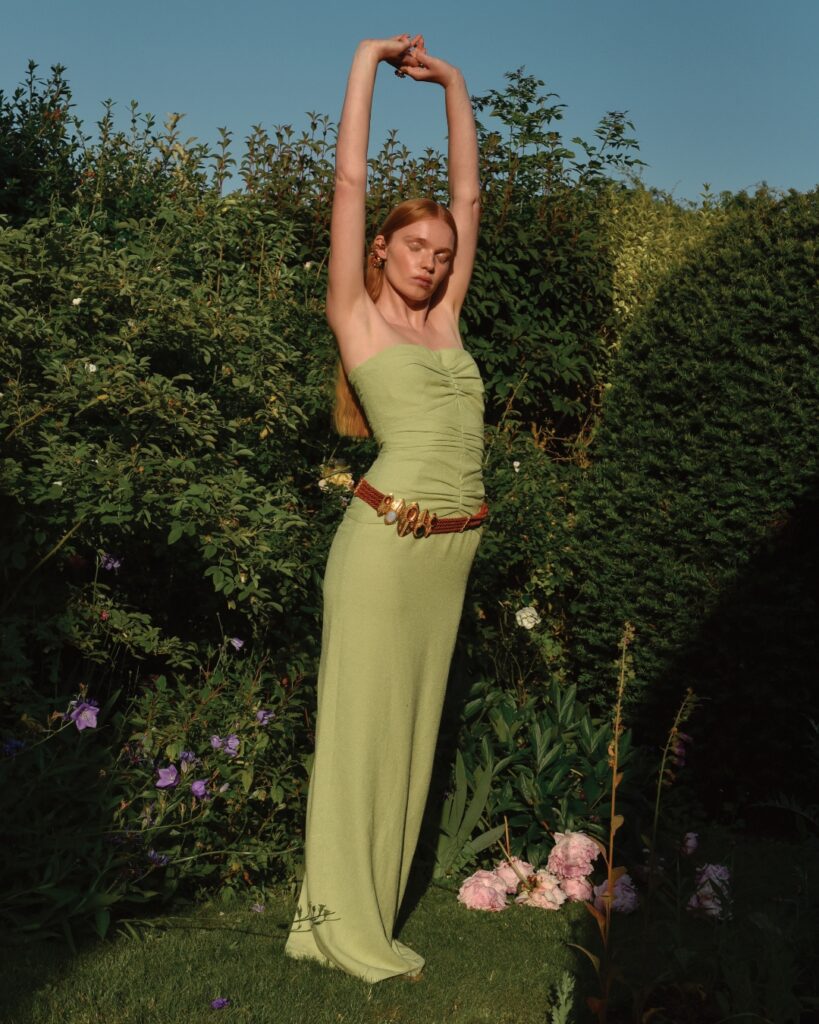Is resale the future of fashion? From affordable designer finds to one-of-a-kind looks, the reasons to embrace sustainable shopping keep adding up.
If fashion were math, the equation for second-hand shopping would be a tricky one; weighing up time spent in dusty thrift shops with the thrill of discovering the perfect top – only to find a hole under the arm when you get home. No, adding to your wardrobe is not always straightforward when it comes to op-shopping. Fortunately, for those searching for equal measures of unique finds and premium quality, the booming market for fashion resale has simplified the sum. A growing number of stores are facilitating the exchange of precious pre-loved goods so they can continue to circulate and be saved from the scrap heap. For the seller, it’s a great way to free up closet space and some cash; for the buyer, it’s a relatively risk-free way of finding high-quality and highly discounted items.
The sad statistics of fashion’s environmental impact are well-known. Recently, the Copenhagen Fashion Summit reported the industry is responsible for 92 million tons of solid waste dumped in landfills each year. We still have a long way to go in cutting our consumption, but small steps help. According to Green Story Inc, “Buying one used item reduces its carbon footprint by 82 percent.” While a sustainability shift is undoubtedly behind the clothes-swap movement, popular culture is playing its part too. Leading recommerce company Thredup reported an 80 percent spike in their Clean Out Kits, used to bag clothing for resale, when organiser extraordinaire Marie Kondo’s Netflix show aired in 2018. At Cannes this year, model Bella Hadid rewore the red Roberto Cavalli gown that Sharon Stone first donned at the same film festival in 2013 (pictured left). Updating the look with two bejewelled straps, Bella proved a show-stopping dress doesn’t have to be new to make a statement.
With fashion trends turning over faster than ever, a gown from six years ago can feel fresh again. Plus, with so many of us reaching into fashion’s recent history for inspiration, age-old and exclusive vintage outfits are no longer the gold standard for second-hand dressing at elite events. Even the most exciting purveyors of new are siding with resale vendors to sell their styles from seasons past. Stella McCartney is working with The RealReal – a resale-via-consignment site that has a following to rival any cult label (it recently raised $457 million in an initial public offering) – by issuing store credit when customers sell their worn Stella McCartney garments on their platform. A problem shared is a problem halved.
Did you know?
- The fashion industry is responsible for 92 million tons of solid waste dumped in landfills every year.
- The global second-hand market is projected to grow to $97 billion (1.5 x fast-fashion in the next ten years)
- Buying one used item reduces its carbon footprint by 92%
How to navigate fashion’s fastest-growing marketplace
Get smart
You’re likely a star shopper, but resale requires a few extra skills. Start with well-known local resellers or consignment stores, such as Auckland’s Encore, Tatty’s or Designer Wardrobe, to get your bearings. While overseas stores often offer a larger selection of luxury resale, be sure to familiarise yourself with currency conversion and NZ Customs’ duty estimators to check if what you are buying is worth this extra expense. If you’re shopping international brands, get to know their sizes well. If you can, learn your fit by buying your favourite brands from a reseller here. Scotties Recycle in Auckland, Soup Fashion Recovery in Wellington and Lasting Labels in Christchurch are good places to start. If you can’t try on for size, sizeguide.net is the most comprehensive conversion site.
Invest in the best
So long as you carefully consider whether your purchase is something you can wear time and again, you’ll always make a good investment. However a number of collections are becoming so popular, you’ll likely be able to resell them without a loss. When Hedi Slimane debuted his new vision for Celine late last year, resale sites reported a 30 percent increase in the sale price of Phoebe Philo-era garments, so desperate were shoppers to own a piece of the more demure Celine look they had previously taken for granted. With the passing of Karl Lagerfeld, his collections for Chanel from 1983 to 2019 will be coveted.
Be authentic
The counterfeit industry – over $680 billion in 2017, according to the Organisation for Economic Co-operation and Development – is a concern. Chanel even sued What Goes Around Comes Around and The RealReal recently for selling the brand without being affiliated with and authenticated by the label itself. It’s an ongoing issue, but shopping well-known resellers is the best way to ensure you get the real deal. Stores such as Vestiaire Collective hire authentication experts with decades of experience and some, like Hock Your Frocks, use artificial-intelligence tools. Another solution? Some designers are selling their own customers’ clothes second-hand.
Words: Jessica-Belle Greer
Photo: Getty Images
This article originally appeared in Fashion Quarterly Issue 3, 2019.











